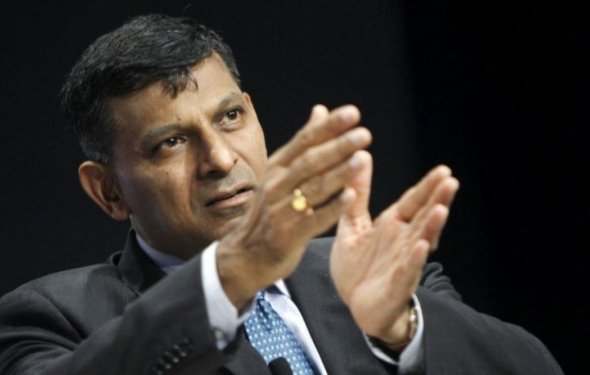bond market india

 By Kartik Goyal
By Kartik Goyal
India’s $750 billion sovereign-debt market is caught in a tug of war between foreign investors and state-run banks, the biggest holders of the securities.
As lenders sold 952 billion rupees ($14.7 billion) of sovereign bonds last quarter, overseas funds added more than 422 billion rupees to their holdings of the debt. The dichotomy is stemming from the potential for future gains that the two investor classes see in what has been emerging Asia’s best-performing market in the last three months.
For global investors like Franklin Templeton’s star bond-fund manager Michael Hasenstab, structural reforms by Prime Minister Narendra Modi, relatively high yields and a stable exchange rate make India a “sweet spot” among emerging markets. At home, a central bank nearing the end of its monetary easing cycle and risks emanating from farm-loan waivers are stoking caution after a three-year bond run.
“There are hardly any trading gains left in the market, much of the party seems to be over, ’’ said Vijay Sharma, New Delhi-based executive vice-president for fixed income at PNB Gilts Ltd., a unit of India’s third-largest state lender by value. “We expect the Reserve Bank of India to deliver a 25-basis point rate cut in August and signal that more reductions won’t be coming.”
 Local investors are also worried about a potential increase in debt supply, amid risks that Indian states lining up to rescue indebted farmers will fund a part of such bailouts by borrowing more from the bond market. With their higher yields, securities issued by regional governments could jeopardize the federal administration’s borrowing program.
Local investors are also worried about a potential increase in debt supply, amid risks that Indian states lining up to rescue indebted farmers will fund a part of such bailouts by borrowing more from the bond market. With their higher yields, securities issued by regional governments could jeopardize the federal administration’s borrowing program.
While an RBI easing also risks narrowing the spread Indian notes offer over Treasuries, global money managers say the Asian nation’s real rates will still remain high in relative terms, and shouldn’t cause much harm to its carry-trade potential. Despite falling 231 basis points in the last three years, the nation’s 10-year bond yield is still the highest among major regional markets after Indonesia.
Overseas investors are also lured by India’s political stability and its central bank’s continued efforts to rein in consumer-price inflation, which eased to a record low of 2.18 per cent in May. Borrowing in dollars to purchase rupee assets has earned 7.5 per cent so far this year, the highest carry returns in Asia, data compiled by Bloomberg show.
Traffic stats